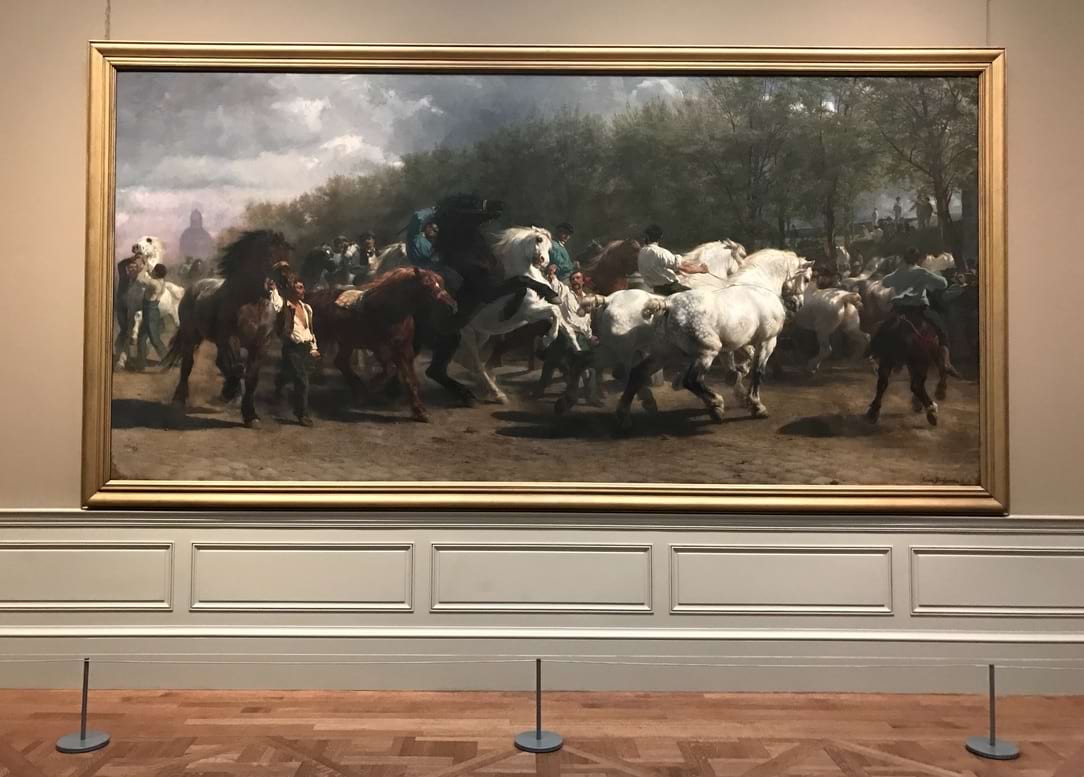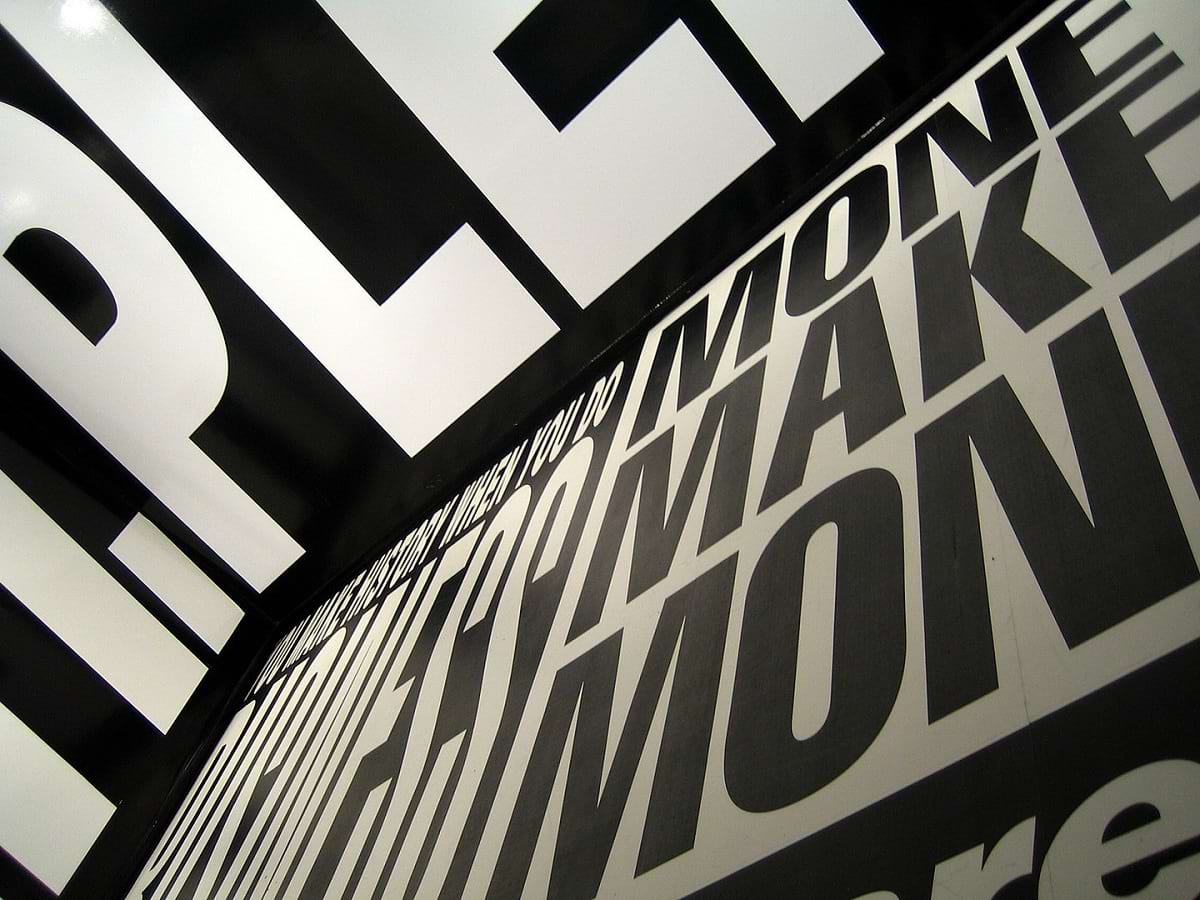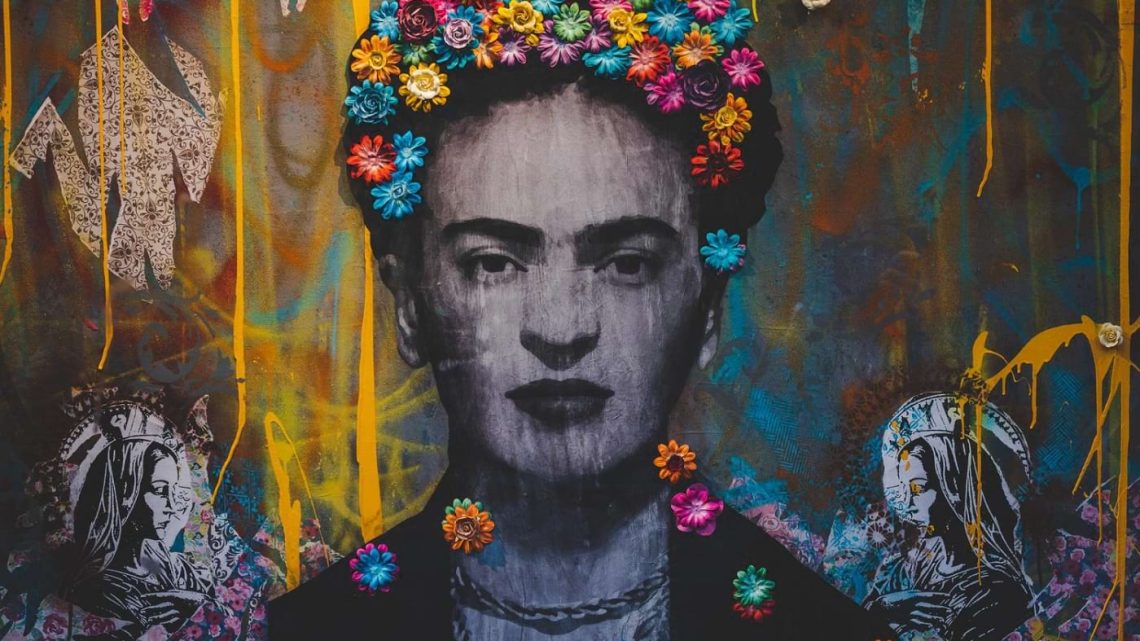Famous female painters: Trailblazers in art history
July 25, 2024Rosa Bonheur: The pioneer of realism
Rosa Bonheur was a French painter renowned for her realistic depictions of animals. Born in 1822, Bonheur broke societal norms by pursuing a career in art, a field dominated by men at the time. Her dedication to studying animals in their natural habitats allowed her to capture their essence with unparalleled accuracy. Bonheur’s masterpiece, “The Horse Fair” (1853), is a monumental painting that showcases her ability to depict movement and strength, earning her international acclaim.
Bonheur’s impact extended beyond her artistic contributions. She was a staunch advocate for women’s rights and lived an unconventional life, dressing in men’s clothing to access places where women were not allowed. Bonheur’s success and independent spirit paved the way for future generations of female artists, challenging the traditional roles and expectations placed upon women in the 19th century.

Frida Kahlo: The icon of personal expression
Frida Kahlo, born in 1907 in Mexico, is celebrated for her deeply personal and emotive paintings. Her works often reflect her tumultuous life, marked by physical pain and emotional suffering. After a near-fatal bus accident at the age of 18, Kahlo turned to painting during her long recovery. Her self-portraits, such as “The Broken Column” (1944), vividly depict her physical and psychological scars, blending realism with surrealism.
Kahlo’s art is rich with symbolism and rooted in Mexican culture. She incorporated elements of folklore, mythology, and indigenous traditions into her paintings, creating a unique visual language. Despite facing significant challenges, including a turbulent marriage to artist Diego Rivera and numerous health issues, Kahlo’s resilience and distinctive voice have made her a symbol of strength and creativity worldwide.
Georgia O’Keeffe: The mother of american modernism
Georgia O’Keeffe, born in 1887, is often referred to as the mother of American modernism. O’Keeffe’s innovative approach to art redefined American painting in the 20th century. Her large-scale depictions of flowers, such as “Jimson Weed/White Flower No. 1” (1932), magnified the delicate details of flora, transforming them into powerful, abstract forms. O’Keeffe’s work is characterized by its bold colors, clean lines, and a sense of tranquility.
O’Keeffe’s fascination with the natural world extended beyond flowers. She found inspiration in the rugged landscapes of New Mexico, where she moved in the late 1940s. The desert’s stark beauty and vast skies profoundly influenced her work, leading to iconic pieces like “Sky Above Clouds IV” (1965). O’Keeffe’s ability to capture the essence of her subjects with simplicity and grace solidified her place as a pioneering figure in modern art.
Barbara Kruger: The voice of feminist art
Barbara Kruger, born in 1945, is a conceptual artist whose work explores themes of power, identity, and consumerism. Kruger is best known for her bold, text-based pieces that juxtapose black-and-white photographs with provocative statements. Her iconic work, “Untitled (Your Body Is a Battleground)” (1989), challenges viewers to reconsider their perceptions of gender and power dynamics. Kruger’s use of graphic design elements creates a striking visual language that is both accessible and impactful.
Kruger’s art often critiques societal norms and exposes the underlying structures of power. Her background in graphic design and advertising is evident in her use of bold typography and striking imagery. By manipulating language and images, Kruger encourages viewers to question the information presented to them by the media and other institutions. Her work has had a profound influence on feminist art and continues to resonate in contemporary discussions about identity and politics.

Judy Chicago: The architect of feminist art
Judy Chicago, born in 1939, is a pioneering feminist artist and educator whose work has significantly shaped the feminist art movement. Chicago’s most famous work, “The Dinner Party” (1974-79), is an installation piece that celebrates the achievements of women throughout history. The work features a triangular table with 39 place settings, each honoring a notable woman, surrounded by 999 names of other influential women. This monumental piece addresses the historical marginalization of women and seeks to reclaim their place in history.
Chicago’s commitment to feminist art extends beyond her own creations. She has been a vocal advocate for art education that includes the contributions of women and other marginalized groups. Her teaching methods and collaborative projects have inspired countless artists to explore themes of gender, identity, and social justice. Through her art and activism, Judy Chicago has left an indelible mark on the art world, championing the inclusion and recognition of women’s voices.
The contributions of these remarkable female painters have left an indelible mark on the world of art. Rosa Bonheur’s pioneering work in realism, Frida Kahlo’s deeply personal and emotive self-portraits, Georgia O’Keeffe’s transformative modernist paintings, Barbara Kruger’s incisive feminist critiques, and Judy Chicago’s groundbreaking installations collectively illustrate the diverse ways in which women have shaped and enriched the art world.
Each of these artists broke barriers and challenged societal norms, paving the way for future generations of female artists. Their work not only reflects their unique perspectives and experiences but also speaks to broader themes of identity, power, and resilience. As we continue to celebrate and study their legacies, these trailblazing women serve as a testament to the profound impact that female artists have had and continue to have on the cultural landscape.
Author Profile
Latest entries
 LogisticsJune 28, 2025SkyCell: Revolutionising Pharmaceutical Logistics with the 1500X Hybrid Container
LogisticsJune 28, 2025SkyCell: Revolutionising Pharmaceutical Logistics with the 1500X Hybrid Container TechnologyJune 22, 2025The Strategic Importance of Technical Documentation
TechnologyJune 22, 2025The Strategic Importance of Technical Documentation Home Improvement & DecorApril 29, 2025Guida alla riparazione delle tapparelle: un’arte che ogni casa dovrebbe conoscere
Home Improvement & DecorApril 29, 2025Guida alla riparazione delle tapparelle: un’arte che ogni casa dovrebbe conoscere HomeApril 29, 2025The Advantages of High-Quality Window Profiles
HomeApril 29, 2025The Advantages of High-Quality Window Profiles



